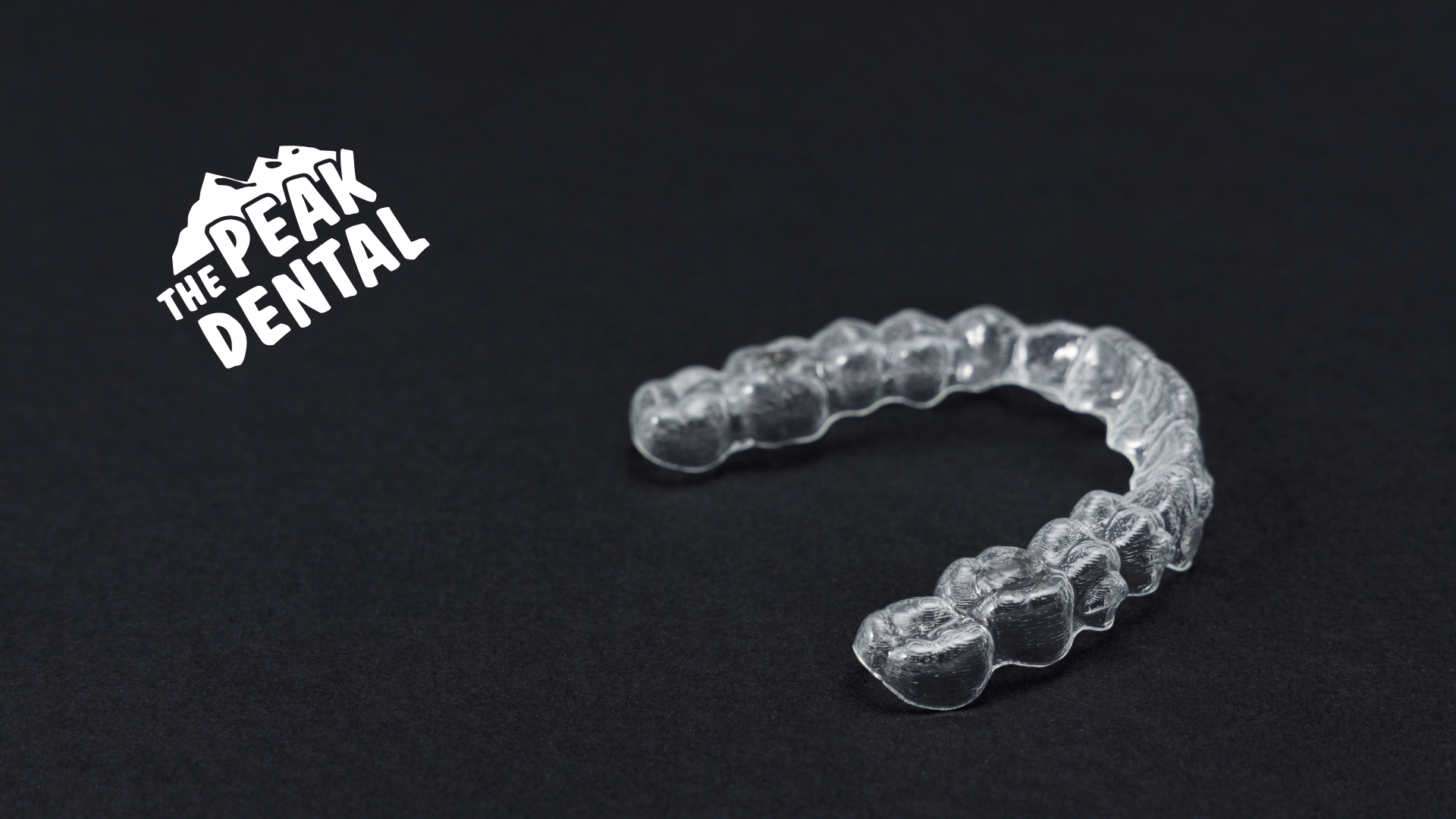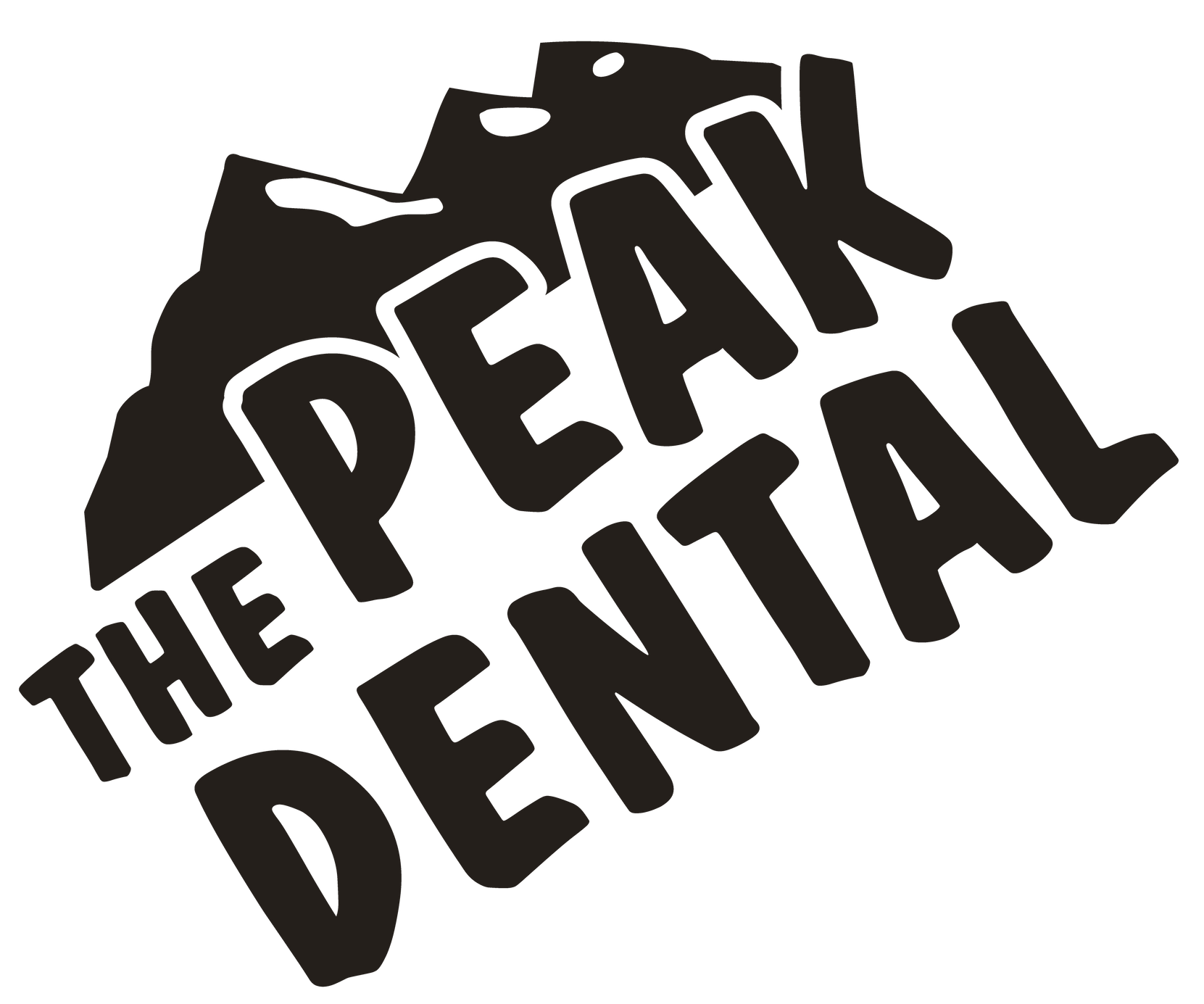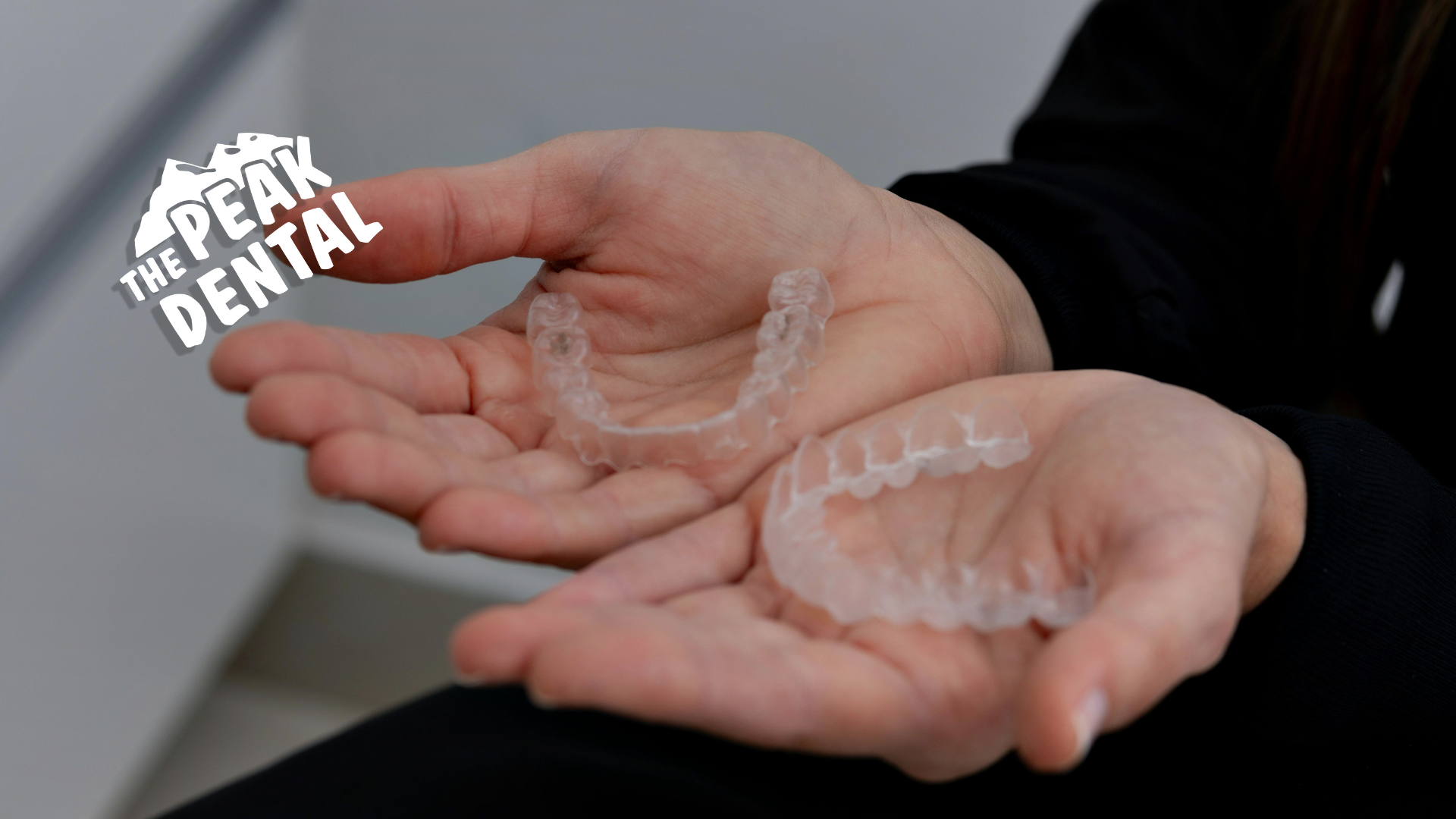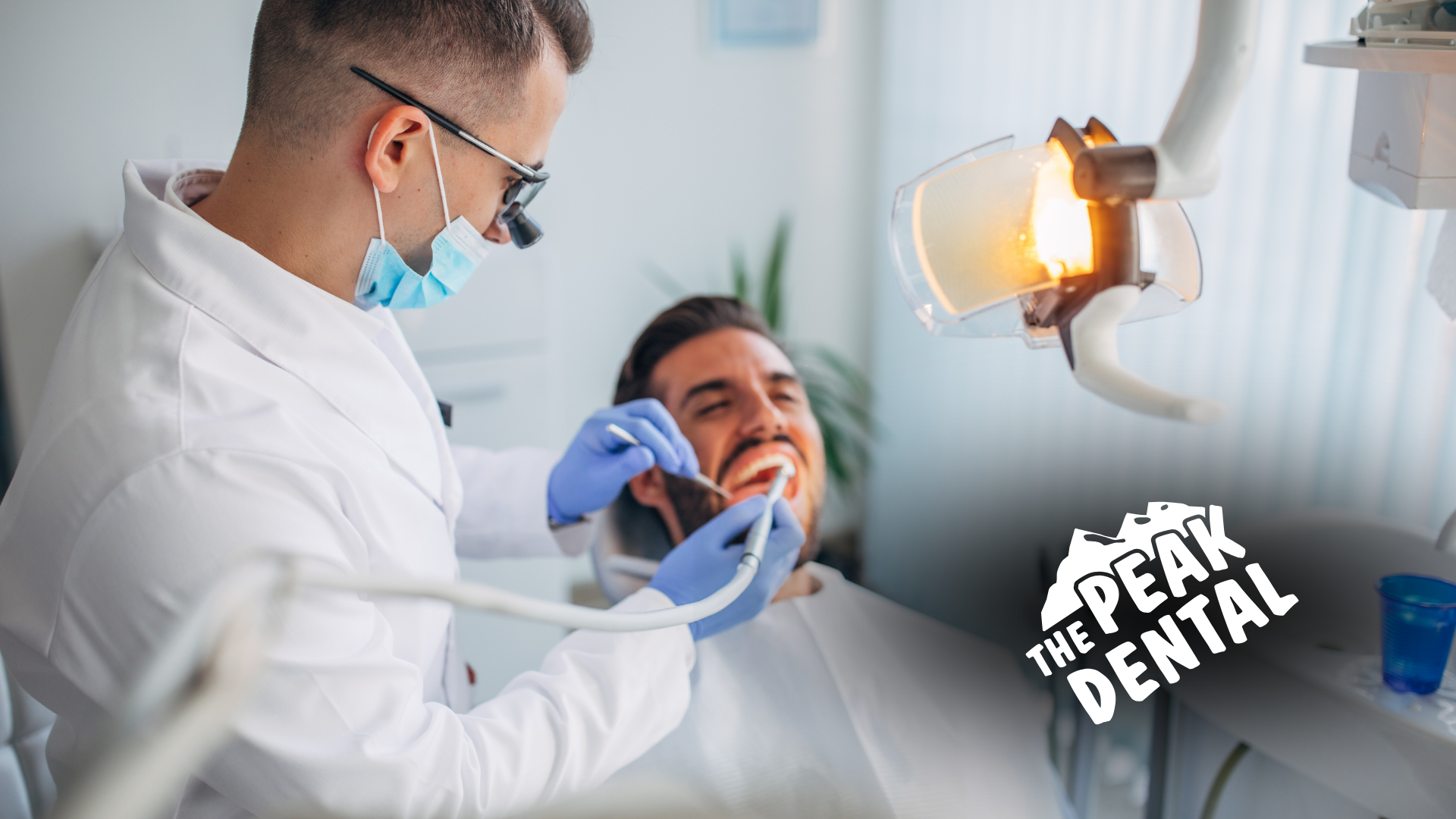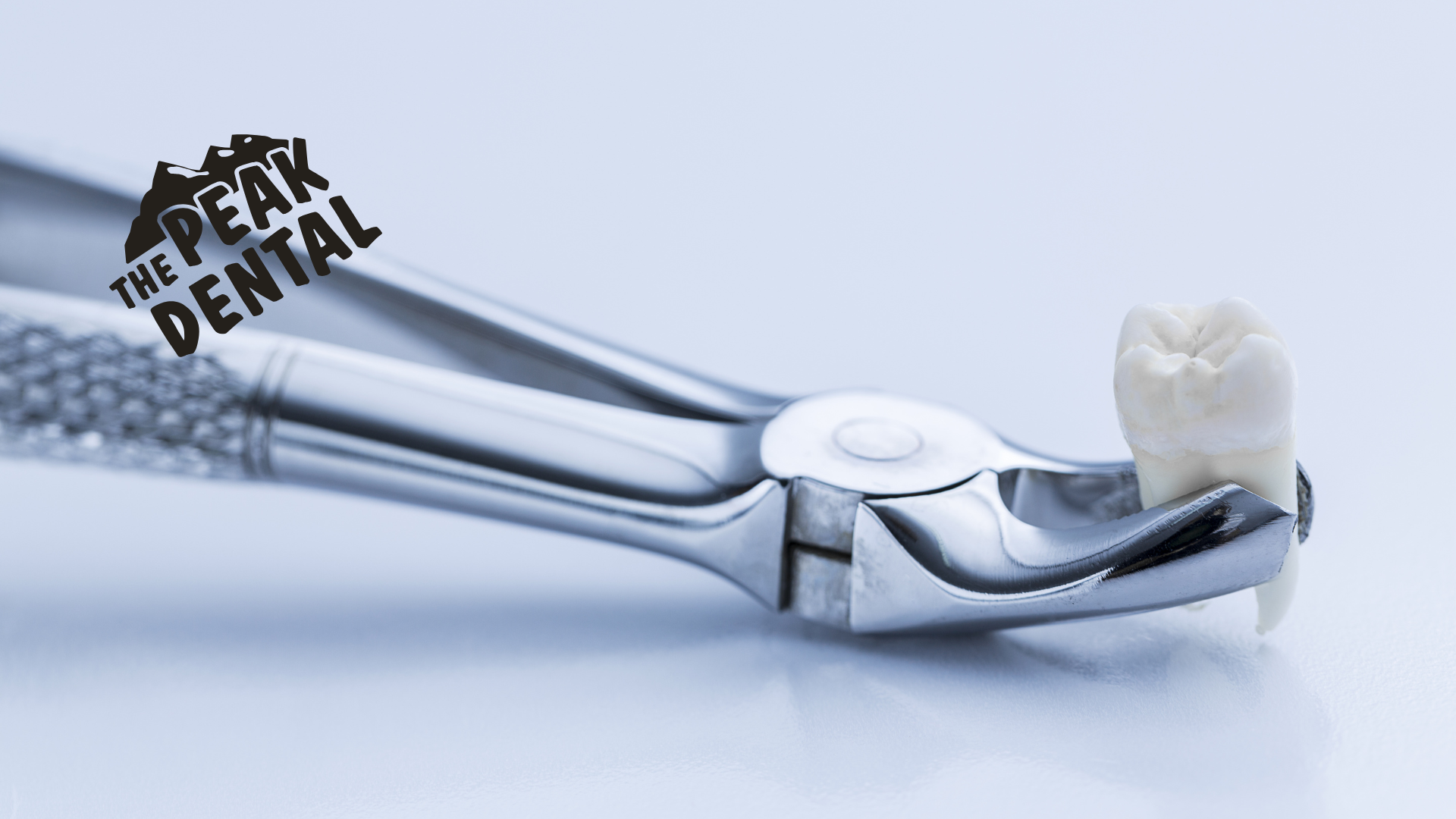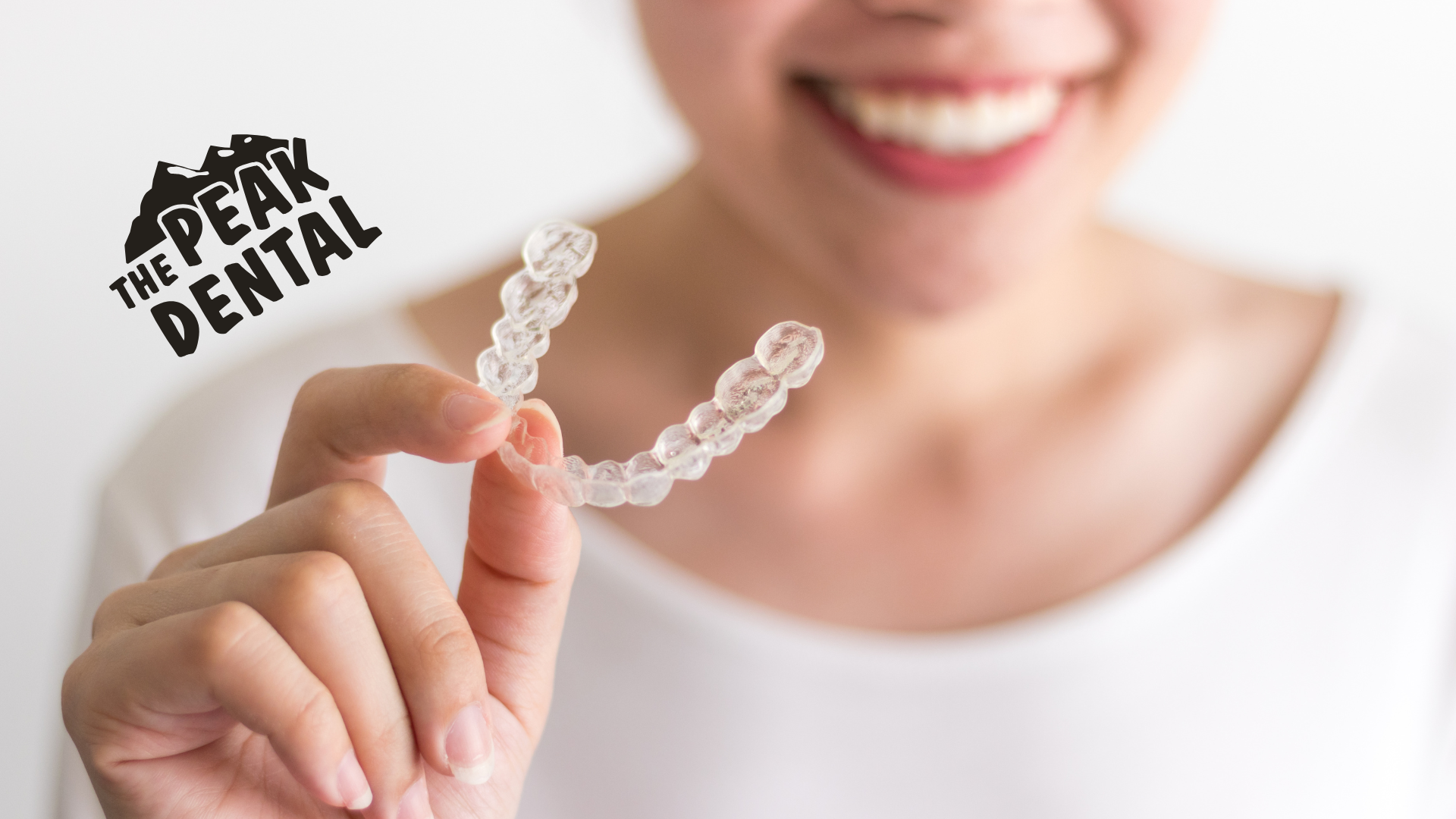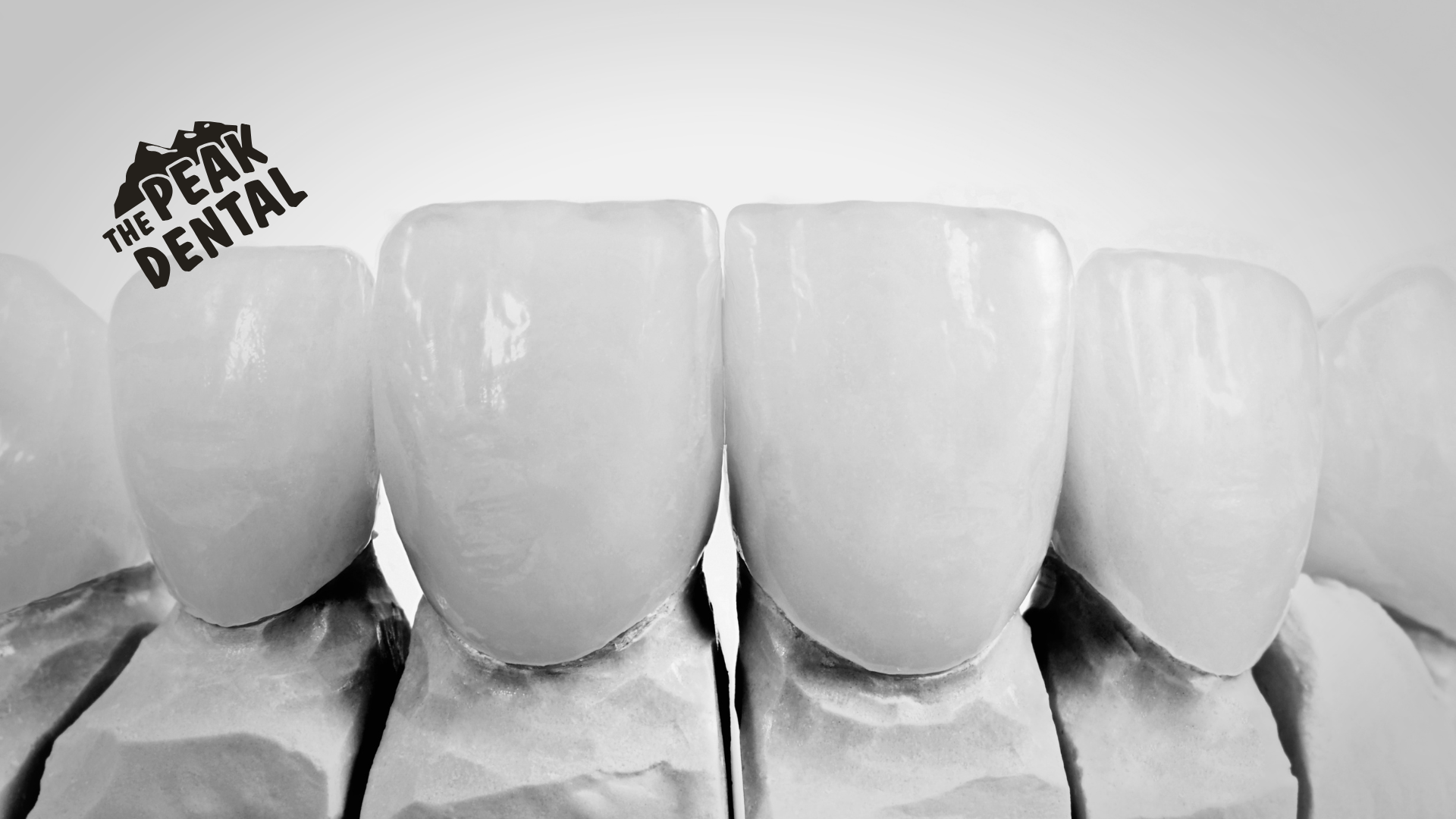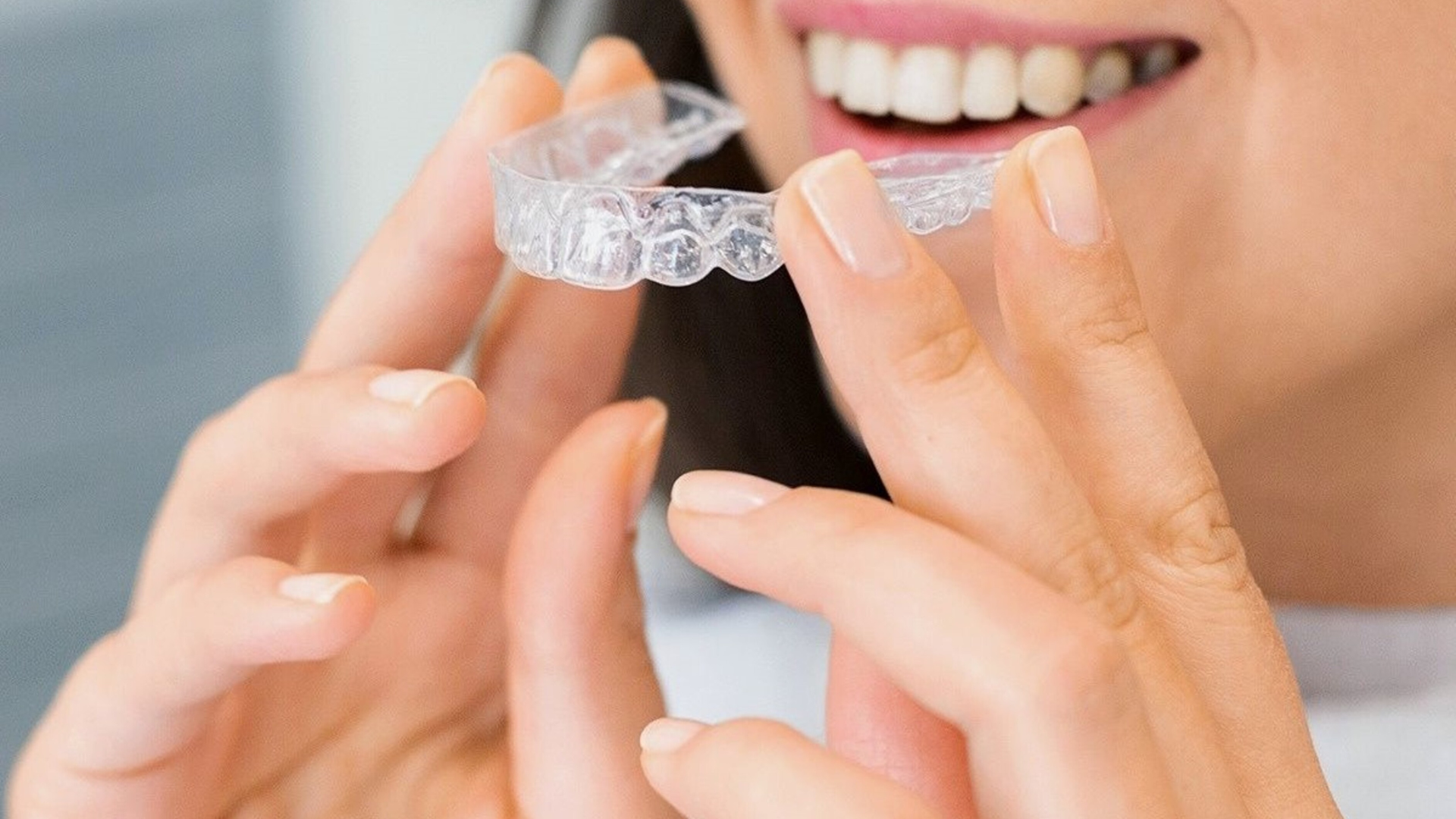How long does dental bonding last on front teeth?
Understanding the Lifespan of Dental Bonding
Factors Influencing Bonding Longevity
The longevity of dental bonding on front teeth is not a fixed term; it varies based on several key factors. Oral hygiene practices play a crucial role in extending the life of the bonding material. Regular brushing and flossing can prevent decay and discoloration, which might otherwise compromise the bond.
Another significant factor is the bite force exerted on the bonded teeth. Patients with a strong bite or those who frequently consume hard foods may find their bonding wears down more quickly. The specific location of the bonding on the teeth also affects its durability; bonds on the edges or at points of intense pressure may degrade faster.
It's essential to be mindful of habits that can affect bonding longevity, such as biting directly into hard foods or using your teeth as tools, which can lead to premature wear or damage.
Lastly, the quality of the bonding material and the expertise of the dental professional also determine the lifespan of the treatment. Here is a summary of the main factors:
- Oral hygiene (brushing and flossing habits)
- Bite force and dietary habits
- Location of the bonding on the teeth
- Quality of bonding material
- Dental professional's expertise
Average Duration of Front Teeth Bonding
The longevity of dental bonding on front teeth typically ranges from 4 to 8 years. Factors such as the bond's location, the individual's bite, and eating habits can influence this duration. Some cases may see the bonding last beyond the average expectancy, with instances of successful bonds remaining intact for up to 17 years.
It's important to note that while the average lifespan is a helpful guideline, the actual duration of dental bonding can vary greatly from person to person.
The following table provides a general overview of the expected lifespan of dental bonding based on various factors:
| Factor | Minimum Years | Maximum Years |
|---|---|---|
| General Average | 4 | 8 |
| With Optimal Care | 5 | 10+ |
| With Poor Habits | 3 | 7 |
After the 8-year mark, a dental professional should evaluate the condition of the bonding to decide whether it requires replacement, retouching, or if it remains satisfactory.
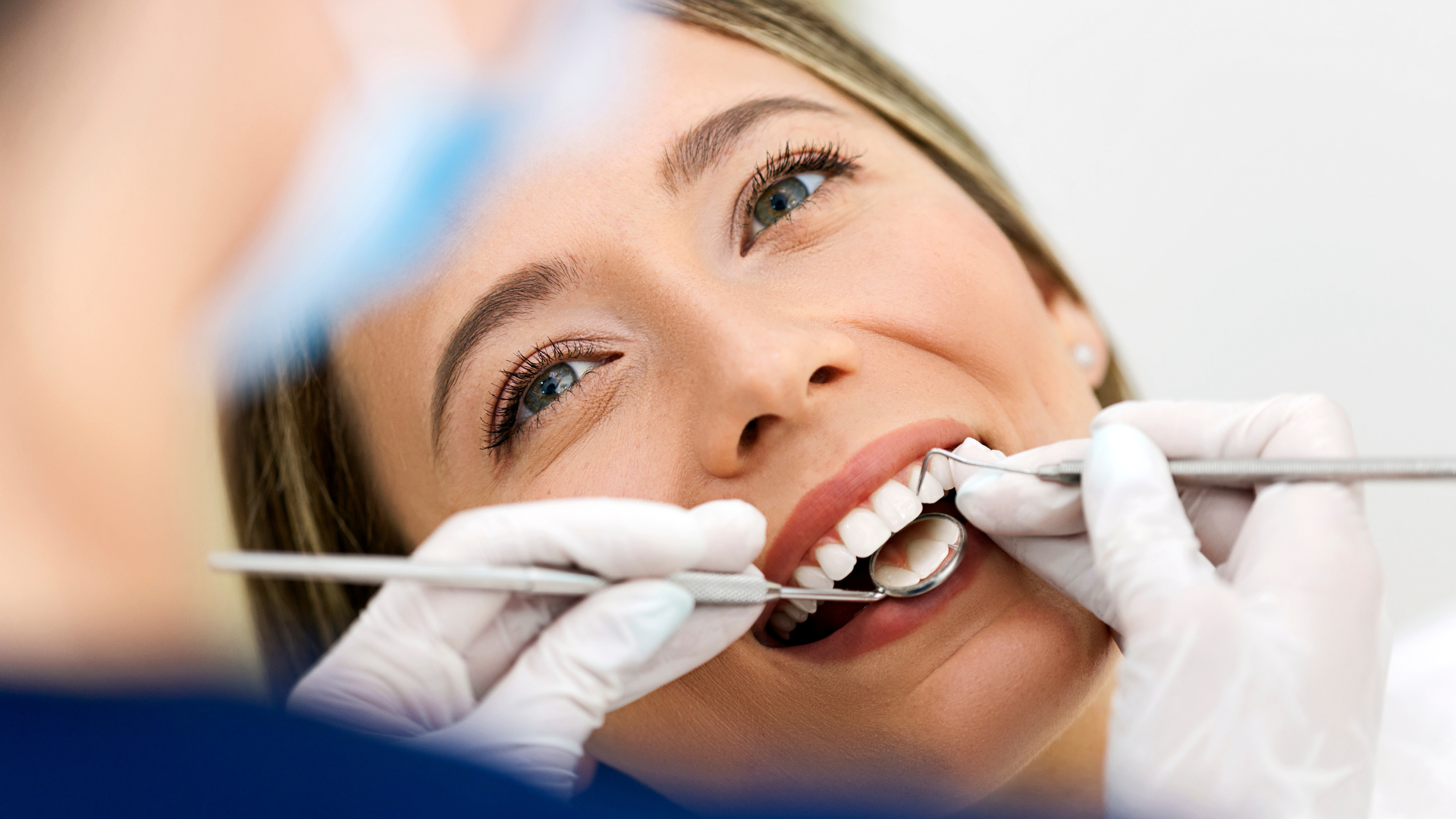
Assessment and Maintenance Post 8-Year Mark
As dental bonding on front teeth approaches the 8-year mark, a thorough assessment by your dentist is crucial to determine the condition of the bonding material. Regular check-ups are essential to identify any signs of wear and tear that may necessitate repair or replacement.
Maintenance of dental bonding extends beyond the dentist's chair. It is imperative to adhere to a stringent oral hygiene regimen, including brushing and flossing twice daily, to maintain the integrity of the bonding material.
The longevity of dental bonding can be influenced by several factors, including oral habits and dietary choices. Here is a concise summary:
- Oral Hygiene: Brushing and flossing to prevent plaque buildup.
- Dietary Habits: Avoiding foods that can cause staining or are too hard.
- Dental Visits: Regular check-ups for professional cleaning and assessment.
- Lifestyle Choices: Minimizing habits that can compromise the bond, such as nail-biting or using teeth as tools.
If the bonding is well-maintained and without significant issues, your dentist may decide that no immediate action is required. However, if there are concerns about the bond's integrity or aesthetics, a touch-up or replacement might be recommended.
Maximizing the Durability of Dental Bonding
The Role of Oral Hygiene in Bonding Preservation
Brushing and flossing twice daily are foundational steps in preserving the integrity of the bond and preventing the need for repairs. It's not just about keeping the bonded area clean; it's about ensuring the entire mouth is free from plaque and bacteria that could compromise the dental work.
Good oral hygiene practices are indispensable for the durability of dental bonding, as they help to maintain the aesthetic appeal and structural integrity of the bonded tooth.
Avoiding direct bites into hard foods and minimizing the consumption of sugary treats can also play a significant role in extending the life of your dental bonding. Here's a simple list to remember for daily care:
- Use a soft-bristled toothbrush and non-abrasive toothpaste.
- Floss gently around the bonded area to avoid dislodging the material.
- Rinse with an antiseptic mouthwash to reduce bacteria buildup.
- Schedule regular dental check-ups to monitor the condition of the bonding.
Remember, while whitening gels may not damage the bonding material, they can lead to uneven coloring as the natural tooth enamel changes shade but the bonding does not. It's essential to discuss any whitening treatments with your dentist to ensure the best cosmetic results.
Impact of Bite Force and Tooth Location
The longevity of dental bonding on front teeth is significantly influenced by the bite force exerted on the bonded area. Excessive bite force, such as that caused by bruxism (teeth grinding), can accelerate the wear and tear of the bonding material, leading to a reduced lifespan. Front teeth, which are primarily used for cutting rather than grinding food, typically experience less force than molars, which may contribute to a longer-lasting bond.
The precise application of bonding resin is both aesthetic and functional. Poorly executed bonding can lead to gum health issues or require premature repair.
To mitigate the impact of bite force, patients with bruxism should consider the use of a mouth guard. Additionally, the location of the bonded tooth plays a role in its durability. Teeth that are more involved in biting and chewing are at a higher risk of bonding failure. Here's a quick overview of considerations for different tooth locations:
- Front Teeth (Incisors and Canines): Generally subjected to less force; bonding may last longer.
- Premolars: Experience moderate force; bonding durability can vary.
- Molars: Subjected to the highest force; bonding may wear down more quickly.
Routine Dental Check-Ups for Bonding Longevity
Routine dental check-ups extend the lifespan of dental bonding on front teeth. Regular professional monitoring ensures that any potential issues with the bonding can be identified and addressed early, preventing the need for extensive repairs or complete replacement. During these visits, dentists can also provide personalized advice on maintaining the integrity of the bonding material.
- Regular check-ups allow for professional cleaning, which can prevent staining and maintain the aesthetic appeal of the bonding.
- Dentists can assess the condition of the bonding and the surrounding teeth to ensure everything is functioning correctly.
- These visits are an opportunity to discuss any concerns or changes in oral habits that might affect the bonding.
With proper care and maintenance, dental bonding can last many years with good oral hygiene habits, including regular brushing, flossing, and routine dental check-ups. Avoid biting on hard objects or using your teeth as tools to prevent damage to the bonded areas.
Dental Bonding for Cosmetic Enhancement
Cosmetic Bonding as a Short-Term Solution
Cosmetic bonding, offered by clinics such as The Peak Dental, Phoenix cosmetic dentistry, is often seen as a short-term solution for enhancing the appearance of one's smile. Dental Bonding is particularly suitable for correcting teeth in areas of low bite pressure, like the front teeth, where it can last between 3 to 10 years before needing a touch-up or replacement.
While not a permanent fix, cosmetic bonding is a cost-effective and minimally invasive option for improving smile aesthetics and boosting self-confidence.
The procedure involves the application of a tooth-colored composite resin, which is carefully molded to change the shape, color, or size of the teeth. Here are some common reasons for choosing dental bonding:
- To repair chips or cracks
- To close gaps between teeth
- To improve tooth color
- To make teeth appear longer
- To reshape teeth
Cosmetic bonding not only enhances the visual appeal of teeth but also adds strength and resistance to staining, contributing to a durable and attractive smile enhancement.
Addressing Aesthetic Concerns with Bonding
Dental bonding is a versatile solution for various aesthetic concerns, offering a way to repair minor imperfections such as chips, cracks, and discoloration. It's important to note that the success of bonding largely depends on the initial condition of the teeth; it is not suitable for teeth with significant staining or misalignment.
Before opting for dental bonding, patients should ensure they have no underlying dental issues like cavities or gum disease. The procedure is most effective when the natural color and alignment of teeth are conducive to minor adjustments.
For those considering dental bonding, here's a quick overview of common uses:
- Repairing chipped or cracked teeth
- Closing gaps between teeth
- Reshaping misaligned or uneven teeth
While dental bonding can address these issues, realistic expectations, knowing that, alternative treatments may be more appropriate for more extensive cosmetic concerns. Maintaining good oral habits post-procedure is essential for preserving the results and extending the lifespan of the bonding material.
Case Study: Long-Term Success of Dental Bonding
In the realm of cosmetic dentistry, dental bonding stands out for its ability to swiftly enhance the aesthetics of one's smile. A case study of long-term success demonstrates the potential durability and satisfaction patients can experience. The subject, who received bonding on their front teeth, showcases the procedure's effectiveness over an extended period.
With meticulous care and adherence to recommended oral hygiene practices, the bonded teeth maintained their integrity and appearance well beyond the average expectancy.
The following points highlight key aspects of the patient's journey:
- Initial presentation with chipped and discolored front teeth.
- Decision to opt for dental bonding as a minimally invasive solution.
- Successful alteration of tooth shape and color to harmonize with the natural smile.
- Regular maintenance and avoidance of habits that could compromise the bonding.
This case underscores the importance of patient involvement in the longevity of dental bonding. It is a testament to the fact that, with the right care and lifestyle adjustments, dental bonding can serve as a durable cosmetic solution.
The Dental Bonding Procedure Explained
Common Reasons for Choosing Dental Bonding
Dental bonding is a versatile and widely used procedure in cosmetic dentistry, favored for its ability to address a variety of dental concerns. The primary allure of dental bonding lies in its ability to quickly enhance the appearance of one's smile with minimal invasiveness compared to other dental procedures.
Patients often opt for dental bonding for reasons such as:
- Repairing chipped or cracked teeth
- Closing gaps between teeth
- Reshaping misaligned or uneven teeth
- Concealing discoloration
- Adjusting tooth shape for a more uniform smile
- Protecting exposed tooth roots due to receding gums
Dental bonding stands out as a cost-effective solution that does not compromise on quality. It offers a budget-friendly alternative to more expensive treatments like veneers, while still delivering significant aesthetic improvements.
While dental bonding is suitable for many, it is important to note that not all teeth are ideal candidates for this procedure. A thorough assessment by a dental professional is essential to determine if dental bonding is the right choice for an individual's specific needs.
The Quick and Painless Nature of the Procedure
Dental bonding is renowned for its efficiency and comfort, often requiring no more than an hour per tooth. This swift process is typically painless, with most patients reporting minimal to no discomfort. Anesthesia is generally not necessary, except in cases where bonding is used to fill cavities.
The absence of pain and the quick nature of the procedure make dental bonding a convenient choice for many seeking cosmetic or structural tooth improvements.
Patients can expect to resume their daily activities immediately following the procedure, as there is no significant recovery time involved. Here's a quick overview of what to expect during a dental bonding session:
- Arrival and consultation to discuss the desired outcome
- Preparation of the tooth surface, if necessary
- Application of the bonding material to the tooth
- Shaping and curing of the material to achieve the perfect look
- Final adjustments and polishing to ensure a natural appearance
Remember, while the procedure itself is quick and comfortable, the longevity of the results depends on proper post-procedure care and maintenance.
Post-Procedure Care and Dietary Considerations
Following the dental bonding procedure, it's crucial to adopt a regimen that will ensure the longevity and appearance of your bonded teeth. For the first 48 hours, it is recommended to avoid foods and beverages that can cause staining, such as tea, coffee, red wine, and tomato-rich sauces. This precaution helps maintain the aesthetic quality of the bonding material.
After the initial period, you can resume normal eating and drinking, but it's wise to continue avoiding excessive consumption of staining substances like coffee and tobacco.
Proper oral hygiene is also essential to care for your dental bonding. Here's a simple list to help you remember the key points:
- Brush twice a day with a soft-bristled toothbrush.
- Floss daily to remove plaque from between teeth and the gum line.
- Limit sugary snacks and beverages to prevent decay and discoloration.
- Use a non-abrasive toothpaste to avoid scratching the bonding material.
By adhering to these guidelines, you can help extend the life of your dental bonding and keep your smile looking its best.
Avoiding Damaging Habits and Substances
To ensure the longevity of dental bonding on your front teeth, it is crucial to avoid habits that can compromise the integrity of the bonding material. Here are some key behaviors to steer clear of:
- Biting on hard objects like ice, pens, or nails can lead to chips or cracks in the bonding.
- Consuming excessive amounts of hard candies or foods that can cause damage not only to the bonding but also to natural teeth.
- Steering clear of substances that can stain the bonding, such as coffee, tea, and tobacco products.
Maintaining the aesthetic appeal and structural integrity of dental bonding involves more than just regular dental care; it also requires mindfulness about daily habits and dietary choices.
Remember, while dental bonding is durable, it is not as resilient as natural tooth enamel. Therefore, treating your bonded teeth with the same caution as you would with delicate porcelain can help extend their lifespan and keep them looking their best.
The Importance of Professional Dental Care
While maintaining oral hygiene through regular brushing and flossing is crucial, professional dental care plays a pivotal role in the longevity of dental bonding. Regular dental check-ups are essential to monitor the condition of bonded teeth and to perform any necessary touch-ups or repairs. These visits allow your dentist to catch potential issues early and maintain the integrity of the bonding material.
Professional dental care ensures that your bonded teeth are not just aesthetically pleasing but also functionally sound and healthy.
Routine dental services that support bonded teeth include:
- Dental hygiene sessions to remove plaque and tartar
- Oral cancer screenings to detect early signs of disease
- Periodontal care to maintain gum health
- Endodontic treatments if necessary to address issues within the tooth
By adhering to a schedule of professional dental visits, you can significantly extend the life of your dental bonding and enjoy a healthy, beautiful smile for years to come.
Frequently Asked Questions
How long does dental bonding typically last on front teeth?
Dental bonding on the front teeth can last between 4 to 8 years on average, but some factors may extend or shorten this range to 3 to 10 years.
What factors influence the lifespan of dental bonding on front teeth?
The longevity of dental bonding is affected by the bond's location, the patient's bite, eating habits, oral hygiene, and maintenance.
Can dental bonding be considered a long-term solution for cosmetic enhancement?
While dental bonding can last several years, it is often recommended as a short-term cosmetic solution, especially for areas with low bite pressure like the front teeth.
Is the dental bonding procedure painful?
Dental bonding is generally a quick and painless procedure that can be completed in a single visit, depending on the treatment extent.
What are some common reasons for choosing dental bonding?
Dental bonding may be chosen for repairing chipped or cracked teeth, fixing gaps, concealing discoloration, altering tooth shape, or protecting a tooth's root from a receding gumline.
How do I care for my bonded teeth to ensure their longevity?
To prolong the life of bonded teeth, practice good oral hygiene, avoid biting hard objects or using teeth as tools, and attend regular dental check-ups.
